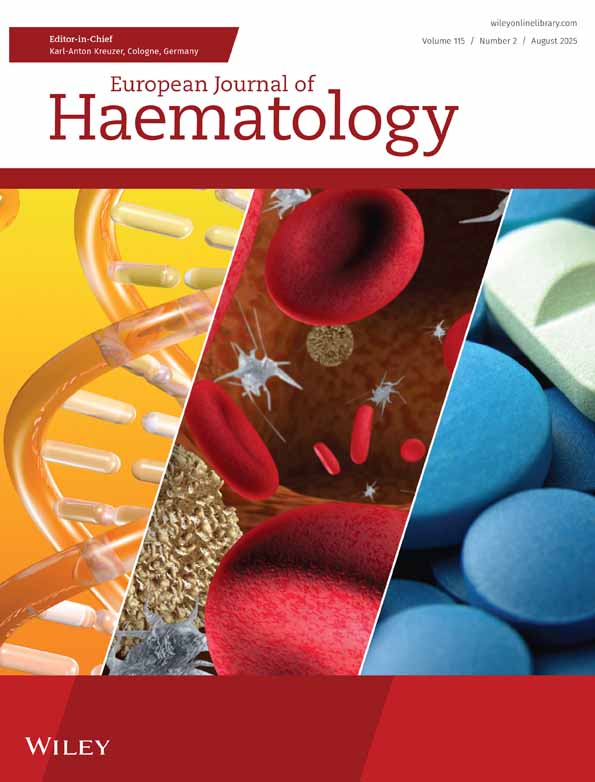Health related quality of life in patients with multiple myeloma undergoing a double transplantation
Abstract
Abstract: Objectives: To investigate the subjective well-being of patients with newly diagnosed multiple myeloma who were treated in a tandem transplantation programme. Methods: Fifty-one patients participated in the prospective, longitudinal questionnaire study. The EORTC QLQ-C30 and the EuroQol-5D were administered 2 wk after completion of vincristine, adriamycin and dexamethason/vincristine, adriamycin and methyl prednison (VAD/VAMP) chemotherapy, both at hospital discharge after treatment with high-dose melphalan (HDM) and 1 month after this hospital discharge, at hospital admission, at the day of hospital discharge for peripheral stem cell transplantation (PSCT) and at 6 and 12 months following discharge after PSCT. Results: Overall, patients’ functioning improved during treatment and follow-up, with significant decreases shortly following PSCT. Shortly after HDM and PSCT, patients reported a considerable increase in levels of soreness in the mouth (+26/+36 points on a scale ranging form 0 to 100; P < 0.01), change of taste (+23/+21 points; P < 0.05/NS), nausea/vomiting (+26/+27 points; P < 0.01/< 0.05), appetite loss (+40/+43 points; P < 0.001) and diarrhoea (+25/+36 points; P < 0.01). However, none of these symptoms persisted during follow-up. Conclusion: The intensive treatment programme was subjectively being well tolerated by the majority of patients. The duration of declined quality of life after administration of HDM seemed to be short. The duration of subjective recovery after PSCT remained uncertain, but in any case was present at the 6 month follow-up. Together with the rather good results in survival, the evaluation of quality of life invites further exploration of double transplantations in multiple myeloma.




